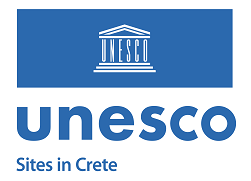Activities
Hiking
Sitia stands out for its landscape full of contrasts between semi-mountainous and coastal environments, between Mediterranean vegetation and wild rocky scenery. Hiking is an excellent way to discover this diverse topography.
The Geopark has organised a multitude of geo-routes that include hiking, cycling, connecting geological monuments, habitats, archaeological sites, historical spots, and settlements.
Hiking routes include international routes like the European E4 path, locally organised trails and paths that used to connect the old villages between them. More than 11 organised hiking routes cross the area, many of which develop around the area of Karydi, Zakros and the north-eastern coast. Most of these routes are accessible; they cover a distance from 3 to 7km and take from 1 to 2.5 hours to hike.
Useful Links
https://tours.nhmc.uoc.gr/geo/psiloritis/
https://www.sitia-geopark.gr/activities/geotourism/hiking-trails.aspx
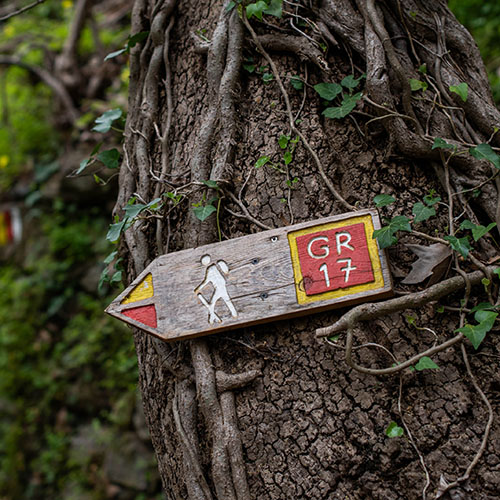
Geotourism
Sitia Geopark covers an area of 516.7km2 that includes an abundance of geotopes like rock formations, fossils, caves, gorges, landforms, coastal formations, rock faults and geo-archaeological sites like quarries.
All this constitutes the pieces of the geological history and evolution of Sitia. The routes designed by the Geopark are organised to interpret and integrate each geological phenomenon into its natural and human environment. Visitors are informed and can navigate the routes with the help of printed and digital interactive maps, as well as signs along the routes. Recommended route areas are: Palaikastro, Karydi, Vai, Zakros.
Useful Links
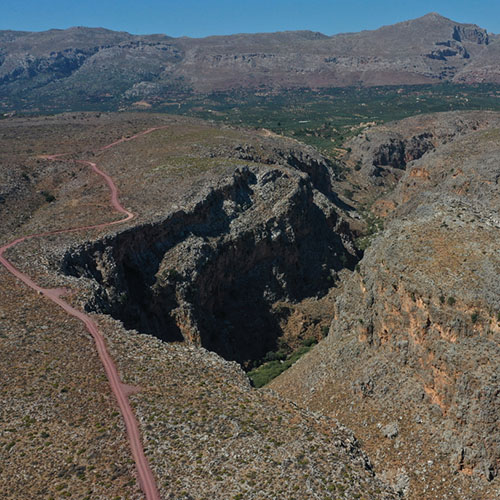
Windsurfing – SUP (Stand up paddle)
Many of the magnificent beaches of Sitia are suitable not only for swimming but also for popular water sports like windsurfing and SUP.
The gulf of Kouremenos and especially Palaikastro with its long coastline, shallow waters, fine sand, and strong winds, has become a world-famous destination for windsurfing. What makes the location particularly popular is the constant wind without large waves. Windsurfing schools operate in the area during the summer. Lessons are available for tourists that can also provide the necessary equipment. An important occasion is the annual windsurfing event, with participants from Greece and all over the world.
An up-and-coming nautical sport activity in the area is the Stand Up Paddleboard (SUP), that you can enjoy in most of the beaches of Sitia. SUP and other fitness and balance techniques (like SUP yoga) are offered by the Nautical Club of Sitia and other professionals.
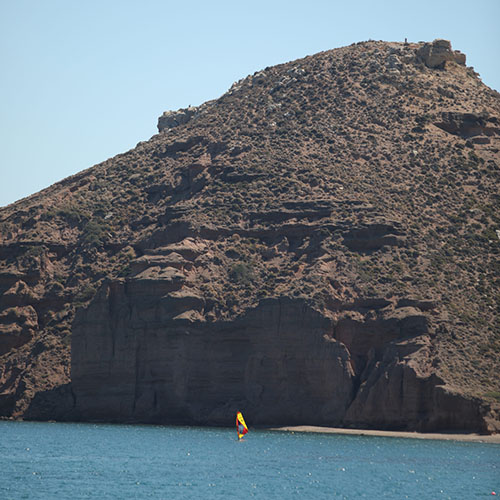
Birdwatching
Due to its geographical position and its particular habitat, the Geopark hosts a large number of mainly migratory birds. Over five coastal wetlands, you can find a habitat for migratory and endemic birds. Migratory species that arrive in spring are on their return journey from Africa to the North. Thus, the wetlands of the Geopark become a favourite stop for these birds to nest and breed.
Access to the area is easy, so birdwatching is a nice activity to undertake here. You can spot wading birds like the little egret, the Scopoli’s shearwater, the common shag, the storm petrel, the western marsh harrier, the Audouin’s gull and the woodchat shrike. In protected areas, like the Zakros mountains, you can find other birds, like the Eleonora’s falcon, the golden eagle (vitsila), the peregrine falcon, the common buzzard, the lesser kestrel, the griffon vulture, and the bearded vulture.
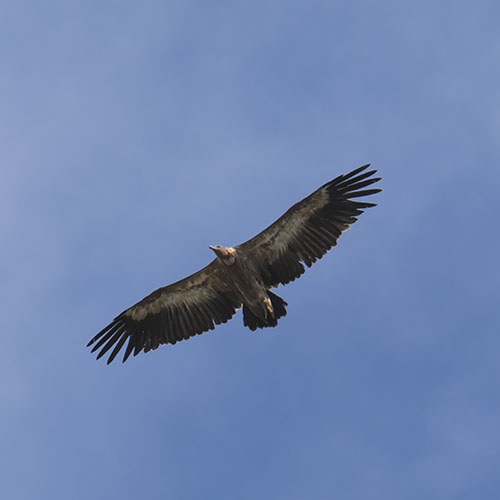
Climbing
The famous gorge of the Dead in Kato Zakros is worth visiting not only because of its cultural and geological interest, but also because of its climbing field. On the steep limestone slopes of the gorge, there are climbing routes with secured attachments. The routes have different levels of difficulty and attract both experienced and novice climbers.
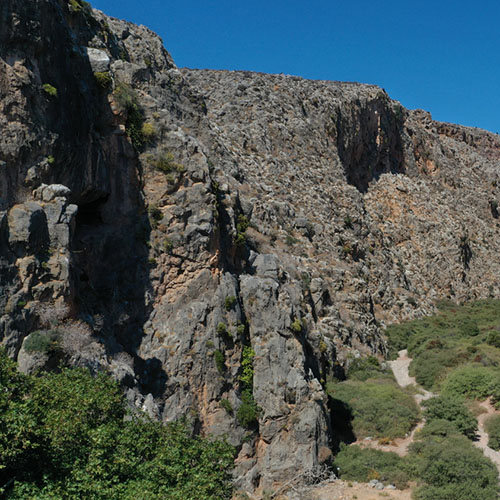
Cycling
By following parts of the road network and rural roads, you can enjoy at least six cycling routes. For more experienced cyclists, there are routes with higher slopes and rougher terrain.
Along the routes, attractive landscapes alternate between hills, streams, gorges, plateaus, beaches, old and new villages, archaeological sites, geological formations, and rocks. The routes pass through the areas of Karydi, Sitanos, Zakros and ancient Praisos, as well as the northern and north-eastern coasts. The level of difficulty varies according to the routes; they cover a distance from 7 to 41km and take from 30 minutes to 4.5 hours to hike.
Useful Links
https://tours.nhmc.uoc.gr/geo/psiloritis/
https://www.sitia-geopark.gr/activities/geotourism/hiking-trails.aspx
Caving
A separate section of the Geopark of Sitia develops around the village of Karydi and has over 170 caves within the limestone rocks of the area. Most of the caves have small entrances but are long and sloped. Some of the caves develop vertically (chasms), and to cross them you need to climb with special equipment.
Due to their dimensions and morphology, caves like Oxo Latsidi, Honos Sitanou, Platyvolos, Latsida tou Chonou, Dadoulas and Ano Peristeras are for specialised and experienced cavers. Much of these caves remain unexplored.


